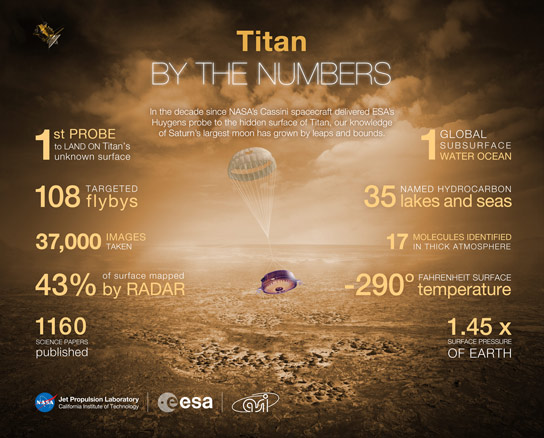
In the decade since the Huygens probe landed on Titan, scientific knowledge about this hazy moon of Saturn has grown by leaps and bounds. Credit: NASA/JPL-Caltech
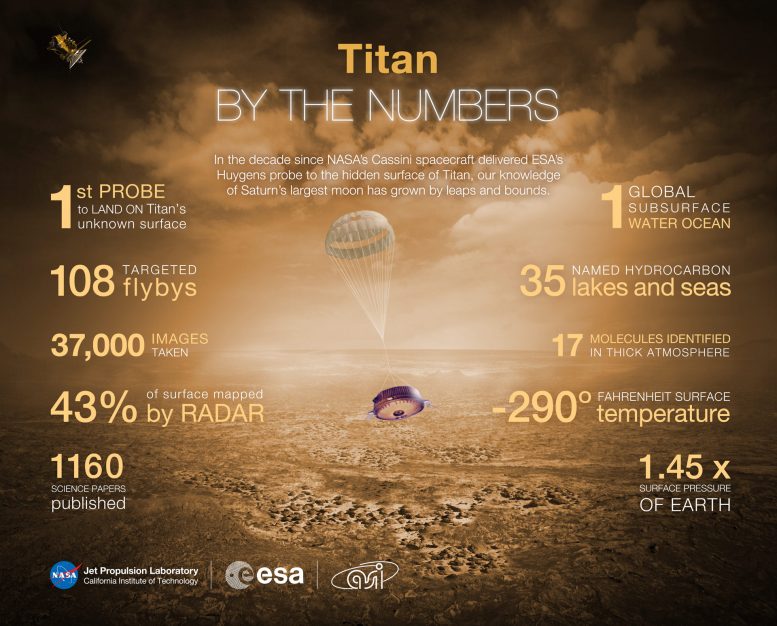
In the decade since the Huygens probe landed on Titan, scientific knowledge about this hazy moon of Saturn has grown by leaps and bounds. Credit: NASA/JPL-Caltech
Ten years ago, ESA’s Huygens probe entered the history books by descending to the surface of Titan, Saturn’s largest moon. Humanity’s first successful attempt to land a probe on another world in the outer Solar System.
On January 14, 2005, an explorer from Earth parachuted into the haze of an alien moon toward an uncertain fate. After a gentle descent lasting more than two hours, it landed with a thud on a frigid floodplain, surrounded by icy cobblestones. With this feat, the Huygens probe accomplished humanity’s first landing on a moon in the outer solar system. Huygens was safely on Titan, the largest moon of Saturn.
The hardy probe not only survived the descent and landing, but continued to transmit data for more than an hour on the frigid surface of Titan, until its batteries were drained.
Since that historic moment, scientists from around the world have pored over volumes of data about Titan, sent to Earth by Huygens — a project of the European Space Agency — and its mothership, NASA’s Cassini spacecraft. In the past 10 years, data from the dynamic spacecraft duo have revealed many details of a surprisingly Earth-like world.
In addition to the technical wizardry needed to pull off this tour de force, international partnerships were critical to successfully delivering the two spacecraft to Saturn and Titan.
Remember the Titan (Landing): Ten years ago today, January 14, 2005, the Huygens probe touched down on Saturn’s largest moon, Titan.
“A mission of this ambitious scale represents a triumph in international collaboration,” said Earl Maize, Cassini Project manager at NASA’s Jet Propulsion Laboratory in Pasadena, California.
“From the mission’s formal beginning in 1982, to Huygens’ spectacular landing 23 years later, to the present day, Cassini-Huygens owes much of its success to the tremendous synergy and cooperation between more than a dozen countries. This teamwork is still a major strength of the project as the Cassini orbiter continues to explore the Saturn system,” Maize said.
Science Summary: 10 Years of Unveiling Titan
A decade ago, Titan was known as a hidden, hazy world. Findings made by NASA’s Cassini mission and the European Space Agency’s Huygens probe have unveiled Titan as an “alien Earth,” providing scientists with a unique world to explore.
A sampling of the top discoveries at Titan includes:
Lakes and Seas
Titan is a world with lakes and seas, made up of liquid methane and ethane. It is believed that these bodies of hydrocarbons are replenished by methane and ethane rainfall from clouds in the moon’s atmosphere. Titan is the only other place in the solar system known to have an Earth-like cycle of liquids flowing across its surface.
Active Meteorology and Surface Processes
Liquid methane drizzles onto Titan’s surface. Just like clouds on Earth, clouds on Titan form through a cycle of evaporation and condensation, with methane vapor rising from the surface, forming clouds and falling back down as precipitation. Huygens data suggest the presence of layered methane clouds in Titan’s troposphere, at altitudes between about 5 and 20 miles (8 and 30 kilometers). Titan’s “hydrological” cycle causes visible changes on the moon’s surface.
Organic Sand Seas
Seas of sand dunes, like those in Earth’s Arabian desert, are observed in the dark equatorial regions of Titan. Scientists believe the sand is not made of silicates as on Earth, but of solid water ice coated with hydrocarbons that fall from the atmosphere. Images show Titan’s dunes are gigantic, reaching, on average, 0.6 to 1.2 miles (1 to 2 kilometers) wide, hundreds of miles (kilometers) long and around 300 feet (100 meters) high.
The location of the Huygens probe’s resting place, a soft, sandy riverbed, was only confirmed after some time by the detection of two dark, longitudinal sand dunes, about 20 miles (30 kilometers) north of the landing site. The elusive landforms were visible in images from both Cassini radar and the probe.
First Determination of Depth for an Extraterrestrial Sea
Ligeia Mare, Titan’s second-largest sea, was revealed to be about 560 feet (170 meters) deep. This represents the first time scientists have been able to determine the depth of a body of open liquid on the surface of another world. This was possible, in part, because the liquid turned out to be mostly clear methane, allowing the radar signal to pass through it easily.
River Channels and Ice Cobbles
Images taken during the Huygens probe’s descent revealed river channels and flood plains. The probe’s cameras unveiled a plateau with a large number of dark channels cut into it, forming drainage networks that bore many similarities to those on Earth. The narrow channels converged into broad rivers, which drained into a broad, dark, lowland region. Earth-like river rocks, composed of water ice, were also observed at the Huygens probe landing site. Radar evidence from Cassini suggests that flash flooding has sculpted streambeds on Titan with these rounded cobbles of water ice, which likely originated in water-ice bedrock in higher terrain.
The Collapse of the Detached Haze
The massive atmosphere of Titan is shrouded in thick layers of photochemical smog. One of the “detached” layers has fallen in altitude from over 310 miles to only 240 miles (about 500 kilometers to only 380 kilometers) between 2006 and 2010. The changing altitudes indicate that Titan’s smog layers are coupled to a seasonal climate cycle.
Rich Chemistry in the Atmosphere, including Propylene
The Huygens probe made the first direct measurements of Titan’s lower atmosphere. Data returned by the probe included altitude profiles of the gaseous constituents, isotopic ratios and trace gases (including organic compounds). Huygens also directly sampled aerosols in the atmosphere and confirmed that carbon and nitrogen are their major constituents. Cassini detected propylene, a chemical used to make household plastic, in Titan’s atmosphere. This is the first definitive detection of the plastic ingredients on any moon or planet, other than Earth. Other chemicals observed indicate a rich and complex chemistry originating from methane and nitrogen and evolving into complex molecules, eventually forming the smog that surrounds the icy moon.
Argon-40 Isotope in the Atmosphere
Huygens’ detection of Argon-40, an isotope or type of the element argon, in Titan’s atmosphere indicates that the interior of Titan is still active. This is unusual in a moon and one of the first clues of subsurface liquid water on Titan. The presence of the Huygens probe on Titan’s surface was essential in detecting this substance, as it is mostly concentrated toward the bottom of the atmosphere (due to its relatively heavier weight compared to the lighter molecules comprising the atmosphere).
Liquid Water Subsurface Ocean
Cassini’s numerous gravity measurements of Titan revealed that this moon is hiding an internal, liquid water/ammonia ocean underneath its surface. Huygens also detected radio signals during its descent that strongly suggested the presence of an ocean 35 to 50 miles (55 to 80 kilometers) below the moon’s surface. The discovery of a global ocean of liquid water adds Titan to the handful of worlds in our solar system that could potentially contain habitable environments.

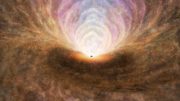
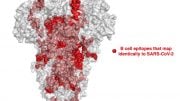

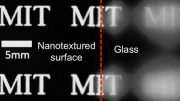
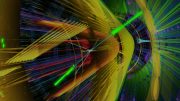
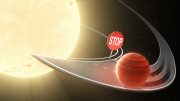
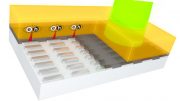
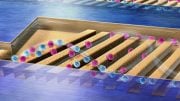
Be the first to comment on "Astronomers Celebrate 10 Year Anniversary of Titan Landing"